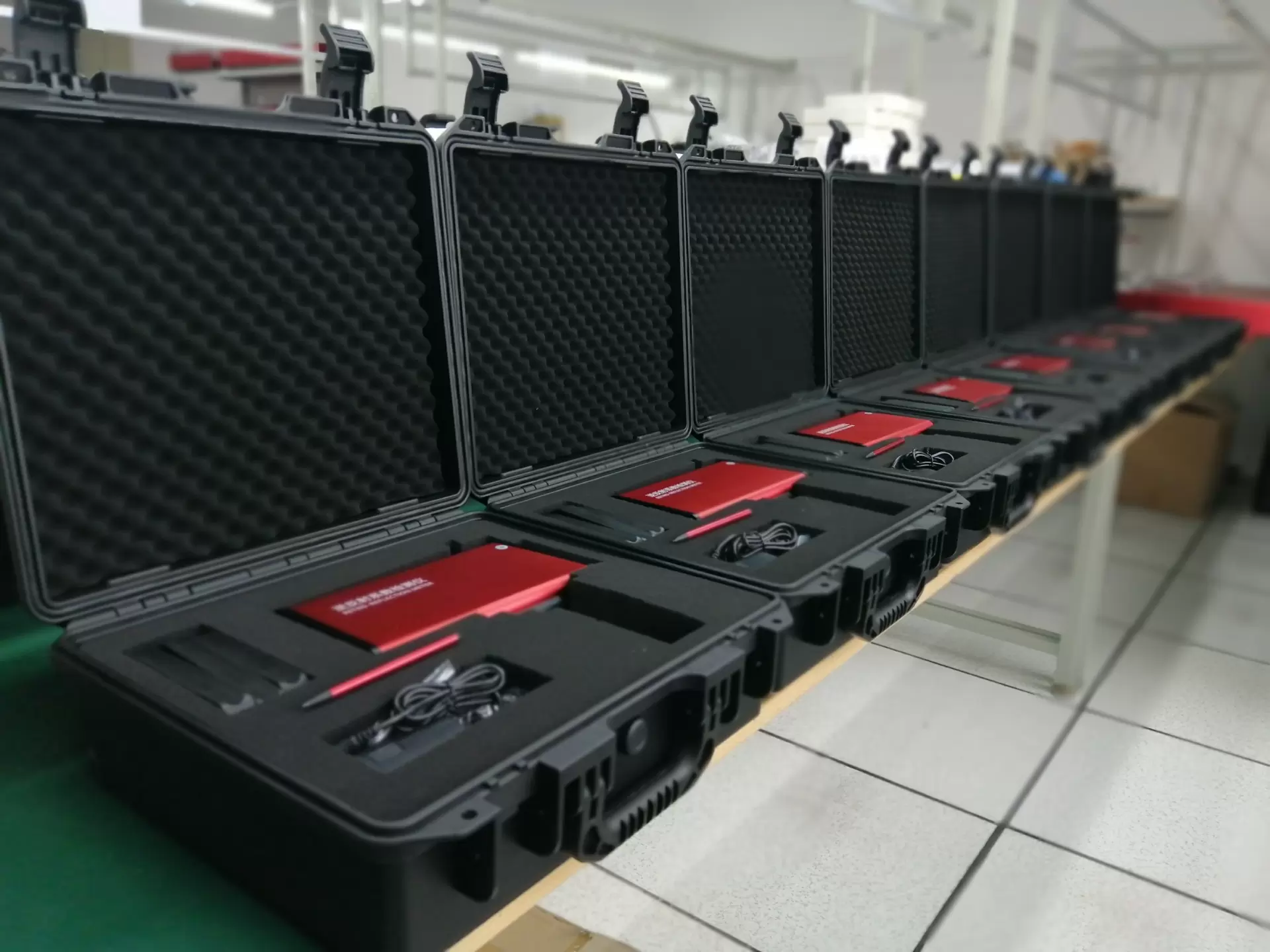PRODUCTS

Magnetic glass bead separator
The RP-920A magnetic glass bead separator and its accessories should be stored in a dry, clean, vibration-free, flammable, and corrosive environment.
1. Main technical indicators
Glass plate size: 292 × 152 (unit: mm)
Horizontal angle: 40 degrees
2. Structure composition
RP-920A magnetic glass bead separator is mainly composed of glass plate, magnet and frame.
3. Operation steps
3.1 Weigh about 200g sample M1 from the glass bead sample, accurate to 0.01g.
3.2 Put a piece of smooth white paper on the glass plate, hold the white paper in one hand, and slowly spread the glass bead sample into the magnetic area with the other hand. The glass beads flow through the paper and enter the sample tray, and the magnetic particles remain on the paper. Slowly lift the paper from the bottom to a horizontal position, and brush the magnetic particles on the paper into the sample cup with a brush.
3.3 Repeat the above steps to make the glass beads pass through the magnetic area repeatedly until they have passed 3 times or no magnetic particles can be seen on the paper. Weigh the mass M2 of all the magnetic particles collected to the nearest 0.01g.
3.4 The content C of magnetic particles in glass beads is calculated with the following formula, accurate to 2 decimal places.
C = M2/M1*100
In the formula: C-magnetic particle content,%
M1—the mass of the glass bead sample, in grams (g);
M2—The mass of all magnetic particles collected, in grams (g).
4. Matters needing attention
4.1 In order to facilitate the separation and movement of spherical glass beads and rhombic or non-spherical glass beads, the separation and collection can be accelerated with the help of a brush.
4.2 Attention should be paid to minimize the omission of glass beads when measuring.
5. Storage conditions
The RP-920A magnetic glass bead separator and its accessories should be stored in a dry, clean, vibration-free, flammable, and corrosive environment.





